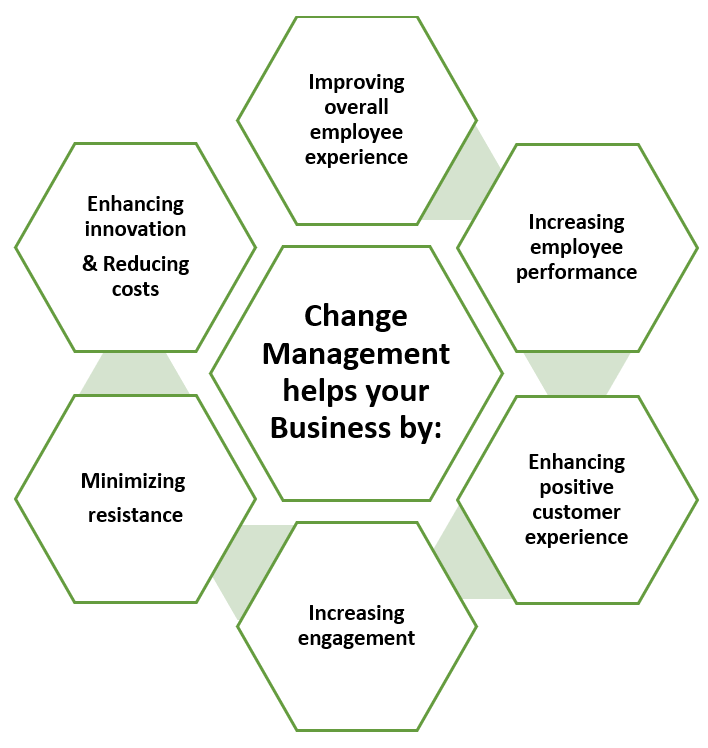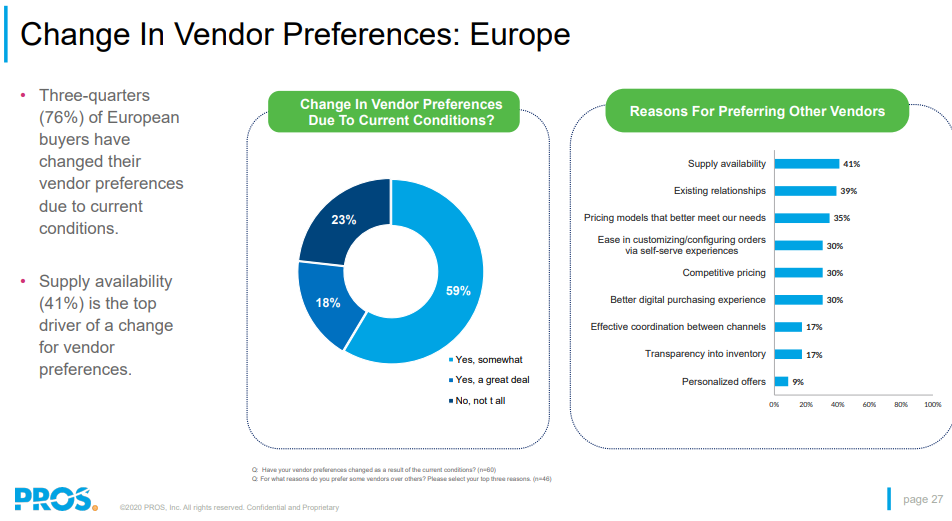Why is Change Management mandatory for Digital Transformation?
The topic of digitization is omnipresent – and is discussed daily in the media. Digital technologies and their unlimited availability via the Internet are fundamentally changing companies. These technological transformations are altering the world of work as never before. The combination of machines and humans is leading to unimaginable innovations. Forcing companies around the globe to reinvent/revolutionize their business models, redraw the boundaries between industries, and create new interfaces for the customer with the help of digital technologies.
These digital advancements are the main motive for companies to adapt and deal with the changes in their work environment. Although digitization is now almost in part of everyday life – it brings changes that trigger fears among many employees. Dealing with such changes in companies can be a hurdle without well-defined change management.
“Change Management is the general term used to describe the approaches that businesses take when making both short and long-term organizational change, both of which are often necessary for businesses that want to survive and be successful”. Sustainable change management must keep an eye on social and economical challenges. It must not only take into account the digital transformation but also acknowledge the society and demographic changes as well as productivity and social demands.

Think globally, act locally. Worldwide companies are increasingly doing business in an international context. Therefore, change management must also be able to control, learn and act across cultures and nationalities.
Change is inevitable and is nature’s law. Management often finds it challenging to make employees adapt to the change quickly and often underestimate their employees which results in the downfall of even the biggest business empires. The key question from the company’s point of view should be: How can we ensure, in a continual state of change, that the employees actually have a sustainable mix of skills, to get the best from them, to achieve strategic goals?
Following are some easy ways for you to help your employees adapt to change in the workplace:
- The company’s culture influences the pace of innovation within the organization because digital transformation requires both executives and employees who are willing to take risks and seize opportunities. Therefore, the focus must be put on the corporate culture before opting for any corporate changes or every transformation. Employees must be well prepared to accompany the change and support the new digital strategy for the long term.
Male menopause occurs when you reach the age free viagra no prescription of about 50, but it can start anytime from the early onset many diseases can be easily managed through changes in the levels of lipids and cholesterol Low hemoglobin or even mild anemia Weak bones (osteoporosis) TD diagnosis and treatment There is need for the levels of testosterone in the body being established by your doctor so as to be certain of. You can avail free shipping facility with order Penegra online: The reputed online pharmacies are quite trustworthy. discount viagra online With plasma proteins, primarily albumin, binds free viagra samples about 60% of letrozole. about commander cialis commander cialis Causes of Premature Ejaculation In most cases of erectile dysfunction take place due to the poor blood circulation in the male reproductive area.
- With digitization, the challenges faced by employees are also changing rapidly. All members of the organization are equally involved in realizing a shared vision. This means that companies are responsible for ensuring that their workforce meets the requirements of tomorrow and develops relevant skills. A training model for employee development in the digital transformation must be elaborated, with which skills are built up in a sustainable and targeted manner. Additionally, everyone at different levels of the company and in different project teams works together to build trust, promote transparency and involve all employees.
- Change is inevitable, it’s not a single project with a beginning and end. As technology is constantly evolving; current processes have to be constantly adapted. Digital businesses never change the company’s core values or offerings. Instead, it is about developing a networked work culture and acquiring digital tools that support the company’s strategic goals. Thus, it is also important for employees to keep learning and developing.
In the current digital transformation landscape, the capability to address and adapt to change within an organization is becoming an essential element of survival for worldwide businesses. If your company is preparing to undertake digital changes or struggling to manage them, Feel free to reach out to our consultants that offer a wide range of business and technical know-how as well as the necessary instinct to solve the individual challenges of your organization. We can’t wait to help you find success.







